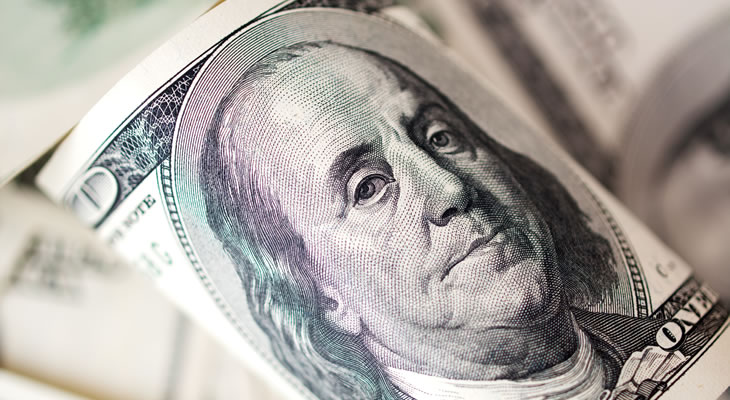EUR/USD Exchange Rate Forecast to Weaken Further on Italian Political Turbulence, but US Trade War Fears could Slow Euro Losses
Political concerns could keep the EUR/USD exchange rate on the downtrend over the coming weeks, although fears that recent tariffs on steel and aluminium imports imposed by the US administration could weaken the US economy may help slow Euro losses.
The Euro has been unsettled following the results of this weekend’s Italian general election, which saw support for centrist and leftist parties collapse as voter support shifted to Eurosceptic and far-right parties.
Seizing the largest share of votes was comedian Beppe Grillo’s Five-Star Movement, which counts finding alternatives to the Euro amongst its policies.
Although the biggest party in terms of votes, the Five-Star Movement did not secure enough of the ballot to give it the majority in the Italian parliament, with projections currently suggesting the party will fall around 100 seats short of the mark.
The largest number of seats looks to be won by a coalition of centre-right and far-right parties assembled by former Prime Minister Silvio Berlusconi and his Forza Italia party; although this alliance will also be short of the number needed for majority rule.
Given that German politicians have only just managed to strike a coalition agreement after the September general election, Italy could be in for several months of political uncertainty: something that is likely to add downside pressure to the Euro.
Fears over Impact of Metal Tariffs on US Economy Forecast to Provide EUR/USD Exchange Rate Respite as Markets Fear Trade War
Last week the US administration announced that it would be levying tariffs of 25% on imports of steel and 10% on imports of aluminium – a development that could prevent the EUR/USD exchange rate from registering unbroken losses after the Italian elections.
Although the EU is one of President Donald Trump’s targets in his attempt to put America first, many are worried that his protectionist policies could actually harm the US economy and trigger a trade war across the globe.
Since coming to power, President Donald Trump has withdrawn the US from the Trans Pacific Partnership (TPP) and began renegotiations of the North American Free Trade Agreement (NAFTA) with Mexico and Canada, but his levying of tariffs is the boldest step towards realising his protectionist promises made on the campaign trail in 2016.
The EU has already retaliated by threatening to levy tariffs on US goods such as bourbon and motorbikes, to which Trump responded with a threat of tariffs on cars imported from the EU.
However, it is not just the European Union that economists are worried about, as China is likely to become embroiled given that Trump has often lambasted the nation for what he sees as unfair trade practices, particularly the large trade surplus it has managed to maintain against the United States.
If China should retaliate by placing tariffs on US goods, it is likely that Trump will respond in kind with further restrictions and his escalation could turn into a full-blown trade war that would damage the US economy.
Short-Term Monetary Policy Focus Forecast to Cause EUR/USD Exchange Rate Volatility
Although it is forecast that the EUR/USD exchange rate will ignore certain portions of upcoming domestic data due to the focus on the larger issues of Italy’s political situation and the US trade outlook, monetary policy could steal focus again later this week.
Thursday sees the European Central Bank (ECB) announce its latest monetary policy decisions; no changes are expected to the deposit rate or benchmark rate, but markets will be watching closely to see if European policymakers have discussed the quantitative easing programme further.
Asset purchasing is one of the major barriers between the Governing Council and raising interest rates, so signs more policymakers support the suggestion of fixing the provisionary September end date in place as the definite conclusion of the programme would support the Euro higher.
Meanwhile, the US monetary policy outlook could receive a boost on Friday if the change in non-farm payrolls and unemployment data meet forecasts.
Non-farm payrolls are expected to show a solid increase of 205,000, while the unemployment rate is predicted to drop from 4.1% to 4%, which would further firm the outlook for monetary policy not just this month, but in the long-term.
This may help to soften some of the negativity surrounding the US Dollar as Donald Trump’s trade policies, and the reactions of America’s major trade partners, develop further.


Comments are closed.